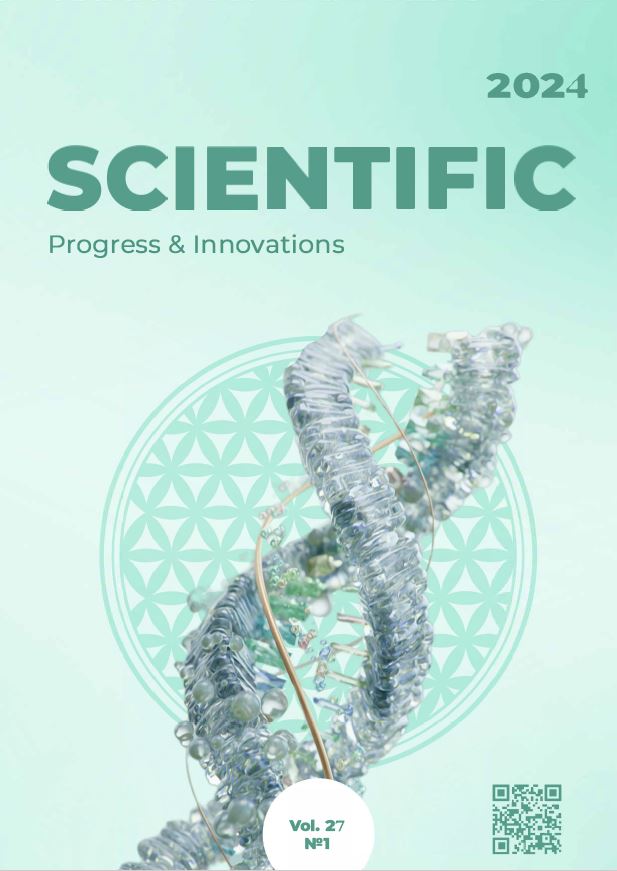Red fox (Vulpes vulpes) – a natural reservoir of helmintoses
DOI:
https://doi.org/10.31210/spi2024.27.01.26Keywords:
red fox, intestinal helminthosеs, ascaridates, trichurates, Uncinaria, Dirofilaria, AlariaAbstract
The habitats of wild carnivores and domestic, in particular, homeless animals can overlap. Under such circumstances, wild predators become a source of infestation of domestic carnivores (dogs, cats) for which the most of the parasites are same. The purpose of the research was to study the role of the red (common) fox in the spread of helminthosis among other wild and domestic carnivores. Complete helminthological autopsy on 10 red fox corpses (3 males and 7 females) and 1 male Ussuri raccoon (a raccoon dog) from the hunting grounds of Dergachi (now Kharkiv) district was performed in January-February 2021. Feces were studied by standardized flotation and sedimentation methods. Two nematodes of the species Dirofilaria immitis (male ‒ 18.5 cm long, and female ‒ 25.3 cm long), were found in one male common fox (10 %) by the results of the autopsy. Five nematodes Toxocara canis (one male and 4 females) were found in the second male common fox (EI=10%). The length of the male was 7.5 cm, and the length of the females was from 8.8 to 10.5 cm. Twenty-four nematodes (8 males and 16 females) Toxascaris leonina (EI=10 %) were found in the third male common fox. The length of males was 3.63±0.23 cm and females ‒ 6.20±0.18 cm in average. Besides in the last male common fox part of the strobila Dipylidium caninum from Cyclophyllidea order was found (EI=10 %). In six red foxes Trematode eggs of the species Alaria alata were detected (60 %) by coproovoscopic sedimentation method. Eggs of the following nematodes: Toxascaris leonina (20 %), Toxocara canis (10 %), Uncinaria sp. (30 %), Trichuris sp. (50 %), Capillaria sp. (30 %) were detected by flotation method. Isospora sp oocysts were found in one animal (10 %). The composition of the detected infestations in each of the 7 red foxes (EI=70 %) was individual, in particular: alariosis monoinvasion, two-component invasion – trichuroses et alariosis; three-component invasion: toxascarosis et isosporinosis et alariosis and trihuratoses et alariosis; four-component invasions: toxocarosis et uncinariosis et trichuratoses and dirofilariosis et uncinariosis et trichurosis et alariosis as well as six-component invasion – toxascarosis et uncinariosis et trichuratoses et alariosis et dipilidiosis. Toxascarosis et uncinariosis et alariosis infection was diagnosed in raccoon dog by helmintoovoscopy.

 Creative Commons Attribution 4.0 International Licens
Creative Commons Attribution 4.0 International Licens